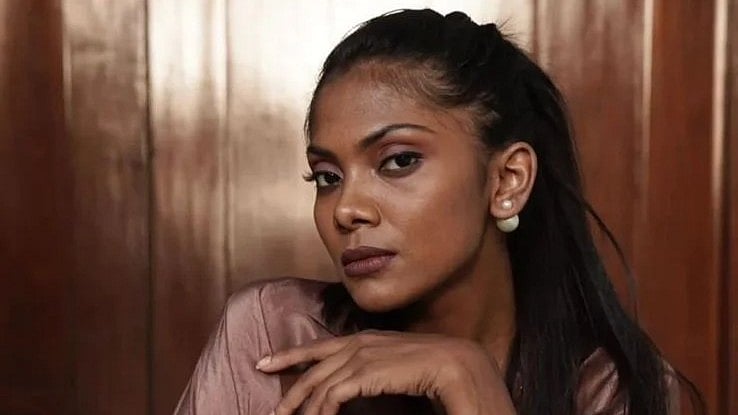
Himpa Muthamma began modelling four years ago.
Credit: Special arrangement
Though the modelling industry has become significantly more inclusive in recent years, dark skin continues to face some discrimination, Bengaluru-based models say.
On Sunday, a dark skinned model from Puducherry, Tamil Nadu, San Rechal Gandhi, took her own life. An advocate for inclusivity in the industry, she is said to have been grappling with depression and financial struggles.
Himpa Muthamma, 24, has seen perceptions around dark skin changing since she started modelling four years ago. However, being treated differently because of her skin continues to be part of her reality. “We see this especially during shoots. The fairer skinned models get the better outfits and opportunities,” Himpa notes. This is the case in India. Globally, darker skinned models are preferred, she points out.
She hopes to go international as she believes India is not her market.
Vishnu Raman, originally from Chennai, was struggling to book even one job. “I auditioned for 10 different jobs across India, but landed only two,” he recalls. After moving to Bengaluru, he has had more success. “But it is still a lot less than fair skinned models,” says the 29-year-old. While he gets an average of two shows per month, those with lighter skin do five to six. He has been on the circuit for four years. Fair skinned models with just six months of experience get more jobs on average. However, the payment is standard.
Prasad Bidapa, fashion consultant and choreographer, says there has been ‘a key shift in the last few years’. “There has been an increasing number of clients who do not choose models based on colour, but of course we still have some that prefer lighter skin. But dark skinned models are doing very well across the world. Some of the most successful models from India are dusky,” he says.
Shamsher Singh Rana runs Parker Models, a modelling agency in Kothanur. The agency manages 30 models, out of which 10 are dark skinned and from ethnicities other than Indian. He explains that models are booked based on client requirements. Popular e-commerce sites typically look for fairer skin, while the more niche, premium brands prefer darker skin. Factors like the model’s natural hair also matter. “For e-commerce sites, the models have to shoot 80 different looks on a given day. African hair is difficult to style; the client chooses the model based on how quick they can get the job done,” he elaborates.
Designers like Bhavya Ramesh look for facial features rather than skin colour for their campaigns. The jewellery designer adds that sometimes darker skin is preferred because the jewellery stands out better. “The mass-produced jewellery brands still prefer light skin because that’s what their audience wants. But for conceptual brands like mine, colour is not always taken into account,” she shares.
Posture and bone structure are factors that designer Latha Putanna looks at while casting models for campaigns and shoots. Latha has been in the ethnic wear business for 33 years. She has seen the industry becoming more accepting of dark skin, but she had a preference for it since she began her career. “I grew up being made to feel inferior because I am on the darker side. And while choosing models for my work I made it a point to clarify that I preferred dusky models,” she shares.